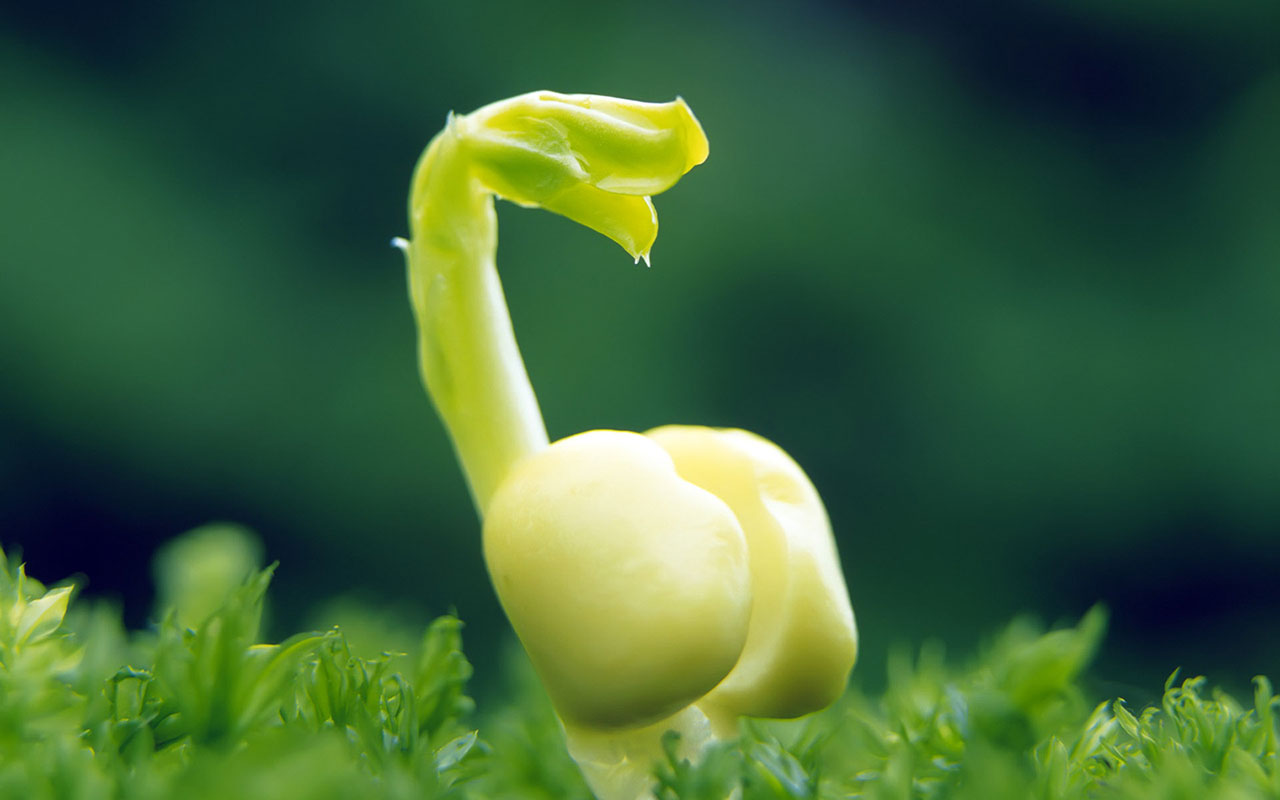北大邓兴旺等在PNAS报道植物幼苗出土调控机理新进展

北大邓兴旺等在PNAS报道植物幼苗出土调控机理新进展
开花种子植物能很好地适应复杂多变的陆地环境,其中一个重要原因是可以产生种子。当外界环境对植物生长不利时,种子可以埋藏在土里存活很长时间。直到外界环境适合植物生长时,种子在土里萌发并生长出来,开始一个新的生命周期。然而,由于土壤的深度及厚度不一样,植物幼苗怎样根据土壤的条件灵活调整自身生长发育的分子机理并不清楚。
最近,生命科学学院邓兴旺教授与郭红卫教授实验室合作发现,植物幼苗在土里生长时,可以根据土壤的条件不同而产生相应的乙烯。
进一步研究发现,EIN3介导的乙烯信号通路在调控幼苗出土中起着关键作用。缺失这条信号通路将大大降低植物幼苗的出土存活能力。幼苗在出土中,在EIN3下游,土壤可以在下胚轴中特异激活一条ERF1信号通路,同时在子叶中特异激活一条PIF3信号通路。在出土过程中,ERF1通路抑制幼苗的向上生长,而PIF3通路则抑制子叶中叶绿素原酯的合成。
这种同时激活的ERF1和PIF3通路使得植物幼苗可以根据土壤条件,同步调控子叶中叶绿素原酯合成与下胚轴向上生长的速率。当植物幼苗最终从不同的土里生长出来见光时,子叶中总是可以保持最适水平的叶绿素原酯积累,既足够迅速启动光合作用,同时又可以避免光氧化损伤。
这项工作鉴定了植物幼苗出土时介导土壤条件与植物生长发育调控的中心媒介,揭示了植物幼苗出土存活过程中的分子调控网络。该工作于2014年3月5日在美国科学院院刊《PNAS》在线发表,题目为《Ethylene-orchestrated circuitry coordinates a seedling’s response to soil cover and etiolated growth》,第一作者为钟上威博士,这也是他在发现乙烯调节子叶变绿(Zhong et al., PNAS,2009)和阐明光下乙烯促进下胚轴生长的分子机理(Zhong et al., Current Biology, 2012)后的又一重要进展。
原文摘要:
Ethylene-orchestrated circuitry coordinates a seedling’s response to soil cover and etiolated growth
Shangwei Zhong, Hui Shi, Chang Xue, Ning Wei, Hongwei Guo and Xing Wang Deng
The early life of terrestrial seed plants often starts under the soil in subterranean darkness. Over time and through adaptation, plants have evolved an elaborate etiolation process that enables seedlings to emerge from soil and acquire autotrophic ability. This process, however, requires seedlings to be able to sense the soil condition and relay this information accordingly to modulate both the seedlings’ growth and the formation of photosynthetic apparatus. The mechanism by which soil overlay drives morphogenetic changes in plants, however, remains poorly understood, particularly with regard to the means by which the cellular processes of different organs are coordinated in response to disparate soil conditions. Here, we illustrate that the soil overlay quantitatively activates seedlings’ ethylene production, and an EIN3/EIN3-like 1–dependent ethylene-response cascade is required for seedlings to successfully emerge from the soil. Under soil, an ERF1 pathway is activated in the hypocotyl to slow down cell elongation, whereas a PIF3 pathway is activated in the cotyledon to control the preassembly of photosynthetic machinery. Moreover, this latter PIF3 pathway appears to be coupled to the ERF1-regulated upward-growth rate. The coupling of these two pathways facilitates the synchronized progression of etioplast maturation and hypocotyl growth, which, in turn, ultimately enables seedlings to maintain the amount of protochlorophyllide required for rapid acquisition of photoautotrophic capacity without suffering from photooxidative damage during the dark-to-light transition. Our findings illustrate the existence of a genetic signaling pathway driving soil-induced plant morphogenesis and define the specific role of ethylene in orchestrating organ-specific soil responses in Arabidopsisseedlings.
标签: 分子调控网络 植物幼苗 生长发育调控 土壤条件
作者:北京大学 点击:次

